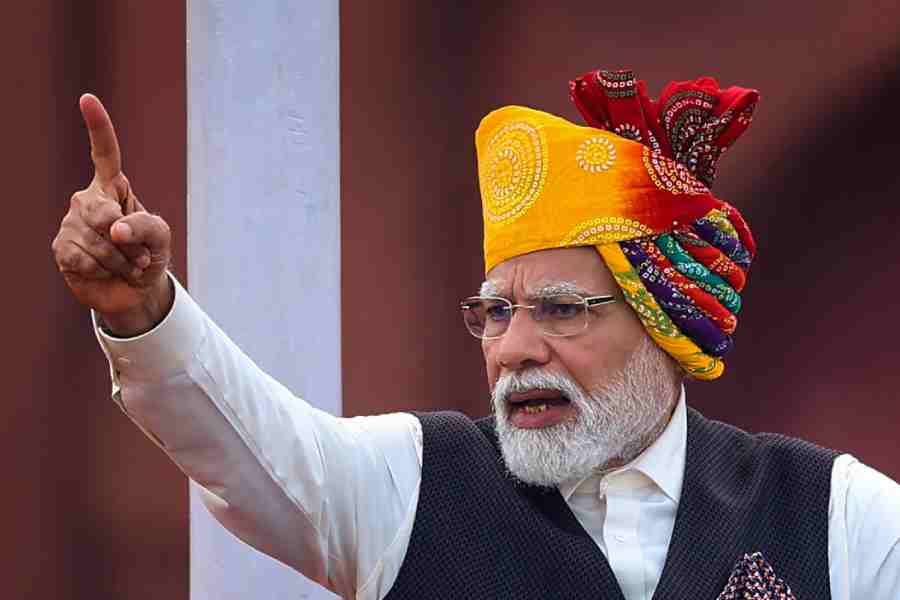CLAIM:
The Union Government is allegedly using the National Education Policy (NEP) to push Hindi in non-Hindi-speaking states, specifically Tamil Nadu, and withholding educational funds to pressure compliance.
FACT:
While the NEP 2020 does not mandate Hindi and allows flexibility in language choices, Tamil Nadu asserts that central funds are being used as a tool to subtly enforce the three-language formula — which includes Hindi. The central government denies this. However, facts point to budgetary pressure being applied on states resisting the language policy.
The Language Question: Policy or Pressure?
Is language policy just about education, or is it a subtle assertion of cultural dominance? That’s the underlying question fueling the latest face-off between Tamil Nadu and the Modi-led central government.
At the center of the controversy is the National Education Policy (NEP) 2020 — a document hailed by some as a blueprint for modern education and criticized by others as a veiled vehicle for linguistic centralization. For Tamil Nadu, which has historically opposed the imposition of Hindi, the NEP has raised red flags — not for what it says, but for what it implies.
Tamil Nadu’s Firm “No” to Hindi
Tamil Nadu has never budged when it comes to its language stand. The state has consistently followed a two-language formula: Tamil and English, and has outright rejected the idea of Hindi as a compulsory third language.
Why the resistance? It’s not a political tantrum — it’s historical.
- 1930s–1960s: The anti-Hindi movement in Tamil Nadu led to widespread protests, public outcry, and even tragic self-immolations.
- Leaders like C.N. Annadurai and Periyar defined the core of Tamil political identity around linguistic autonomy.
- 1965: Violent agitations against Hindi imposed by the central government cemented Tamil Nadu’s linguistic policy.
This isn’t merely about vocabulary. For Tamil Nadu, language is culture, identity, and resistance against what many perceive as central overreach.
The Three-Language Formula: A Mandate or a Mask?
Here’s what the NEP suggests:
- Hindi-speaking states: Learn Hindi, English, and a regional Indian language.
- Non-Hindi-speaking states: Learn the regional language, English, and Hindi.
Sounds balanced on paper, right? But Tamil Nadu isn’t buying it.
Though NEP 2020 does not require Hindi, critics argue that its structure incentivizes Hindi — especially when federal funding is tied to policy implementation.
The Funding Standoff
Tamil Nadu alleges that over ₹2,000 crore (~$232 million) in education funds under the Samagra Shiksha Abhiyan have been frozen because the state refuses to adopt the NEP and, by extension, the three-language formula.
Union Education Minister Dharmendra Pradhan publicly confirmed the funding freeze, further fueling Tamil Nadu’s claim that the policy isn’t optional in practice — it’s coercive.
For a state with one of India’s highest literacy rates and strong education metrics, this isn’t just about money — it’s about principle.
Is the Modi Government Really Promoting Hindi?
That’s where the lines blur.
The government insists there is no official push to enforce Hindi, but actions tell a more nuanced story:
- Government programs often use Hindi titles.
- The Hindi Division of the Ministry of Home Affairs actively promotes the language.
- Thousands of Hindi teachers have been deployed in non-Hindi states, including the Northeast.
Critics argue that this isn’t just about communication — it’s about giving Hindi institutional power.
And when Prime Minister Modi, speaking at a Tamil Nadu rally, mocked DMK leaders for using English instead of Tamil, it stirred fresh controversy over the politics of language pride versus policy pragmatism.
A Deeper Conflict: Federalism vs. Centralization
This isn’t a binary conflict between Hindi and Tamil — it’s about federal rights, autonomy in education, and the space for regional identity in a national framework.
Tamil Nadu sees this as a pattern:
- Language policy being used to reward compliance.
- Budgetary decisions reflecting political alignment.
- A creeping sense that India’s linguistic diversity is being streamlined in the name of national unity.
Is Tamil Losing Ground?
Ironically, despite its fierce defense of Tamil, data suggests a slow decline in exclusive Tamil usage:
- Tamil-only speakers fell from 84.5% in 1991 to 78% in 2011.
- English usage has increased, especially in urban centers and among youth.
Linguists warn that the symbolic valorization of Tamil hasn’t always translated into institutional support in higher education, science, or technology. Without modernization and usage, even the proudest languages can face marginalization.
VERDICT: PARTLY TRUE
The National Education Policy does not make Hindi compulsory, and states technically retain the freedom to choose. However, the withholding of federal education funds, combined with broader government promotion of Hindi, creates a pressure-based environment that contradicts the spirit of choice. Tamil Nadu’s resistance is rooted in decades of history and a desire to protect cultural autonomy, not in mere political posturing.


I truly enjoy looking through on this site, it has great content. “One should die proudly when it is no longer possible to live proudly.” by Friedrich Wilhelm Nietzsche.